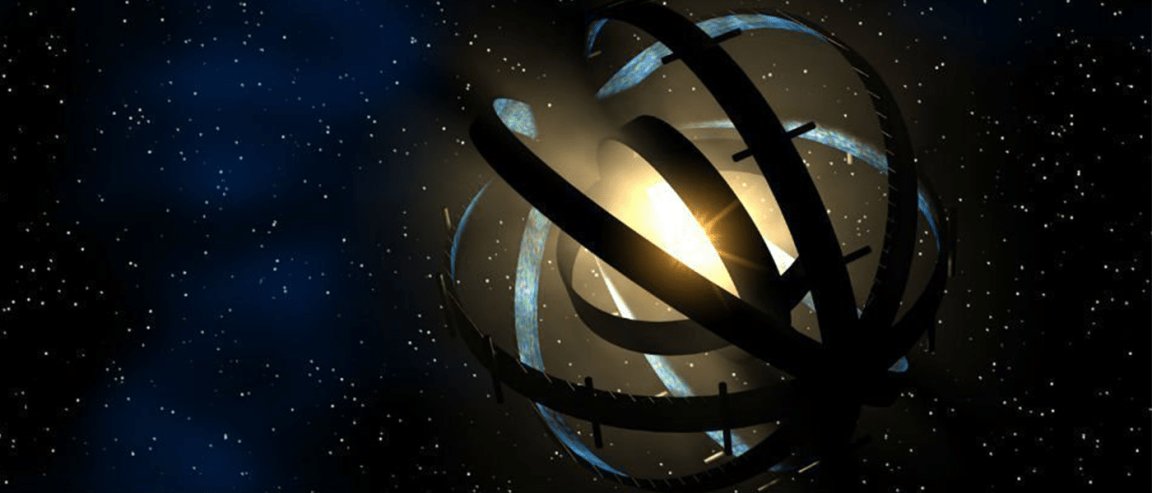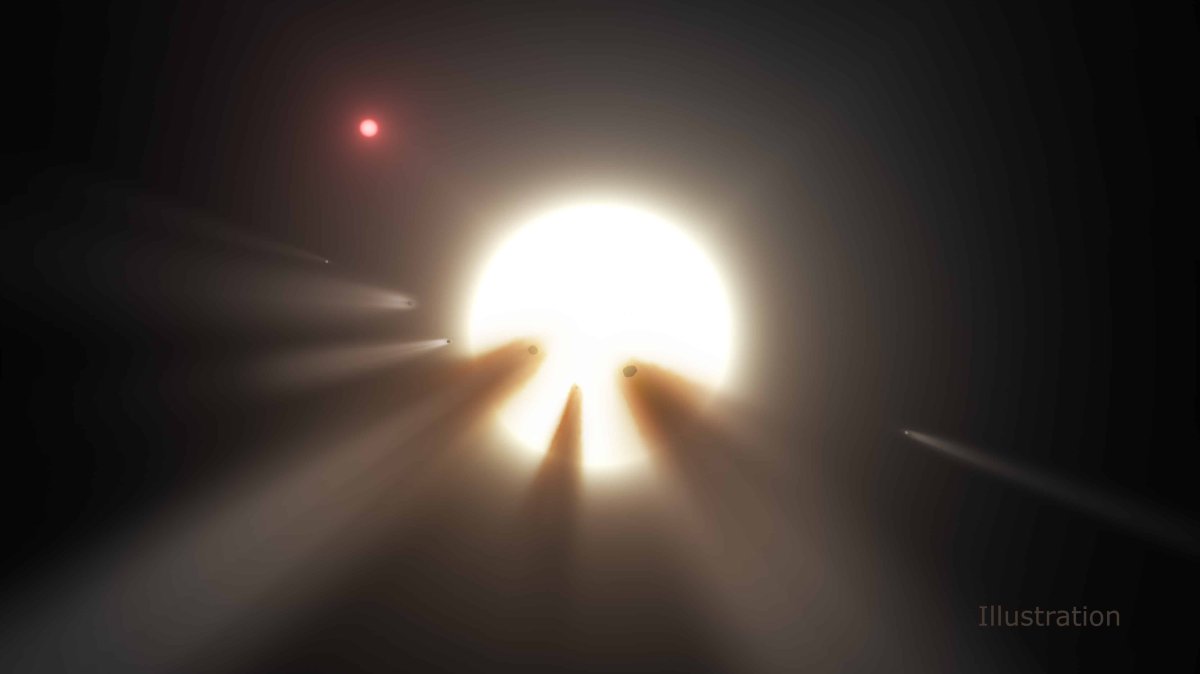
KIC 8462852
As exciting as it would be to know that an ‘alien megastructure’ was discovered in our lifetime, it’s also getting more and more unlikely. Another non-alien related explanation surfaces for the light patterns coming from KIC 8462852. Now, Columbia University researchers believe that the star may have, at some point, swallowed a planet in its lifespan. The erratic flickering that we see? This could be caused by remnants of this planet or its moons occasionally blocking the star’s light.

Assuming this is the reasoning behind KIC 8462852’s unusual light patterns, the researchers estimate the collision took place 10,000 years ago. The increased brightness is due to the star releasing energy after consuming the planet. The recently observed dimming was because it is “digesting” and returning to its normal state.
Their theory is based on existing and available research on the star (also called Tabby’s Star), combined with materials that explore outer-space physics. And if their calculations are confirmed, they would also support the theory that this kind of phenomenon (planet and star collisions) are more common than we thought.
“We estimated that if Tabby’s star were representative, something like 10 Jupiters would have to fall into a typical star over its lifetime, or maybe even more,” said one of the researchers of the study, Brian Metzger, in an interview with New Scientist.
Hungry Planet
Typically, as a planet orbits around a star, the star’s brightness goes down about one percent. With KIC 8462852, the dips were so erratic that its brightness would dip as low as 22 percent. Because of this, scientists assumed that there had to be a massive object moving around it, which is where the ‘alien megastructure’ theory came from.
The latter theory by the way, will prove nearly impossible to prove, given that KIC 8462852 is 8.7 quadrillion miles away. And even if we could take New Horizons (our fastest probe) to explore it, it would take 27.5 million years to reach the star. We could just send a message, but it won’t get there until 3495.
The point is, the technology we have today isn’t equipped to explore and confirm the existence of alien worlds…yet. But with this new theory presented, it looks like we don’t have to. Columbia adds another feasible, non-alien explanation to both the sudden dimming and gradual decrease of the star’s light.
Obviously it’s not the only hypothesis being floated around to explain the phenomenon. Some speculate that the changes in light are caused by cosmic debris, while others think the flickering is caused by a swarm of comets. It’s also wholly possible for new theories to pop up as scientists work towards finding a definitive answer, so we’ll just have to wait and see.